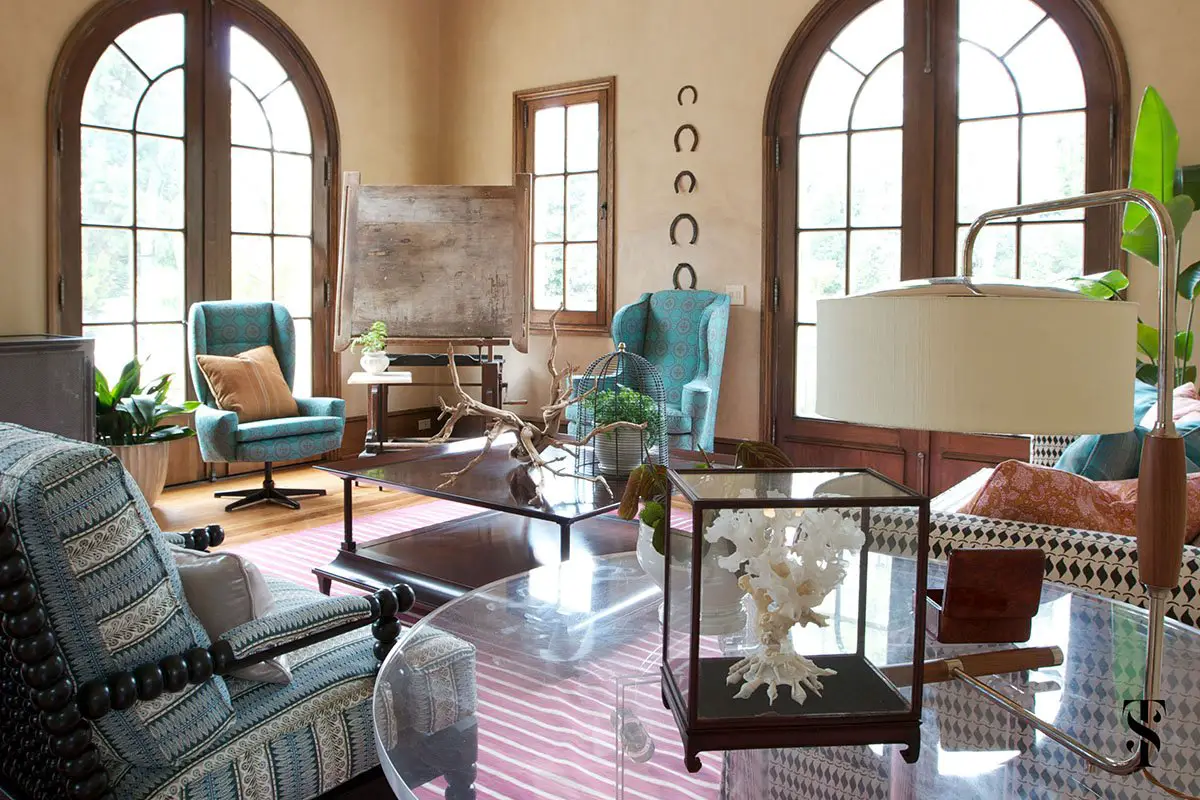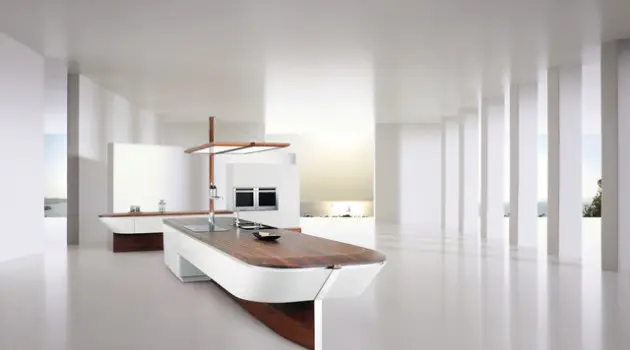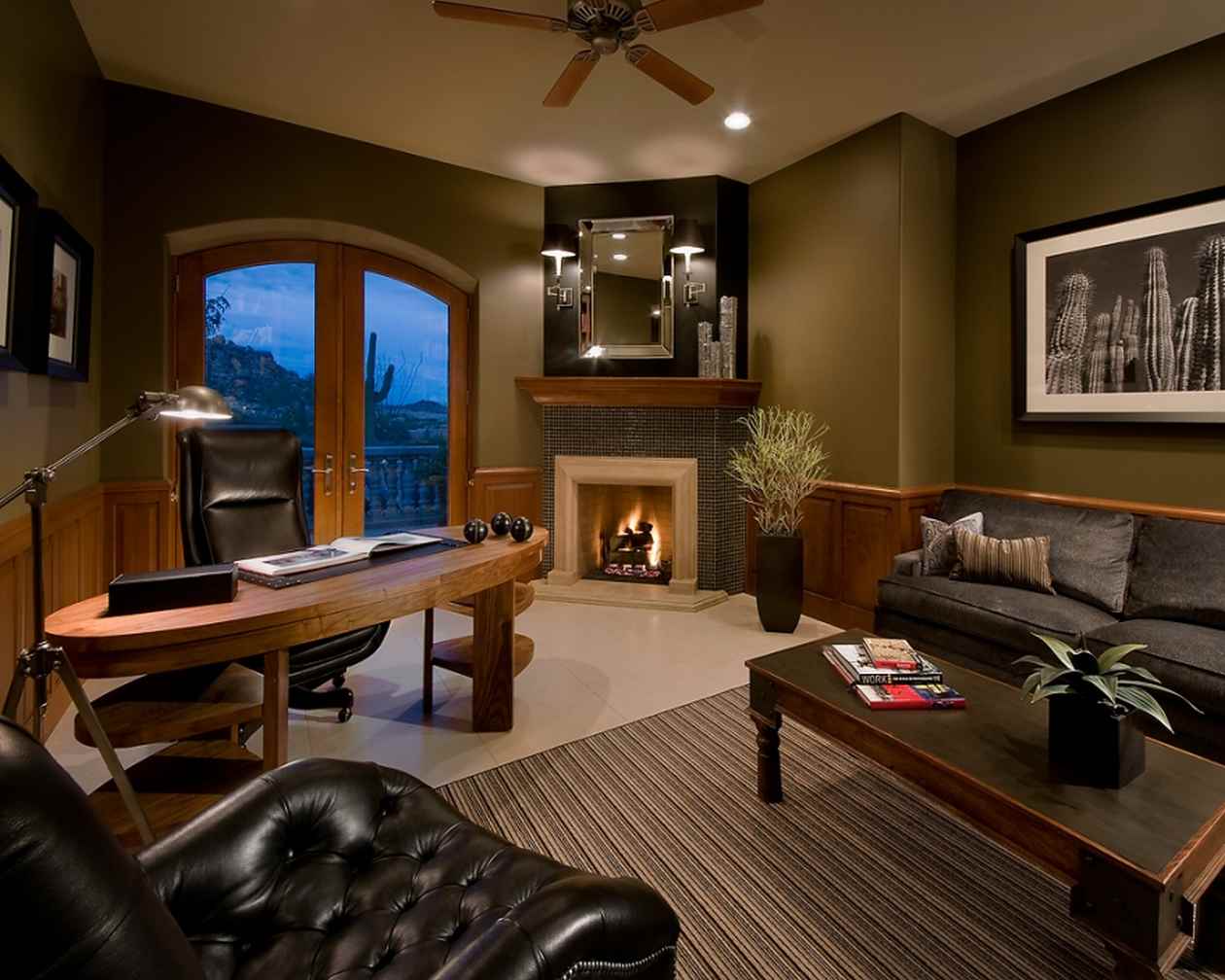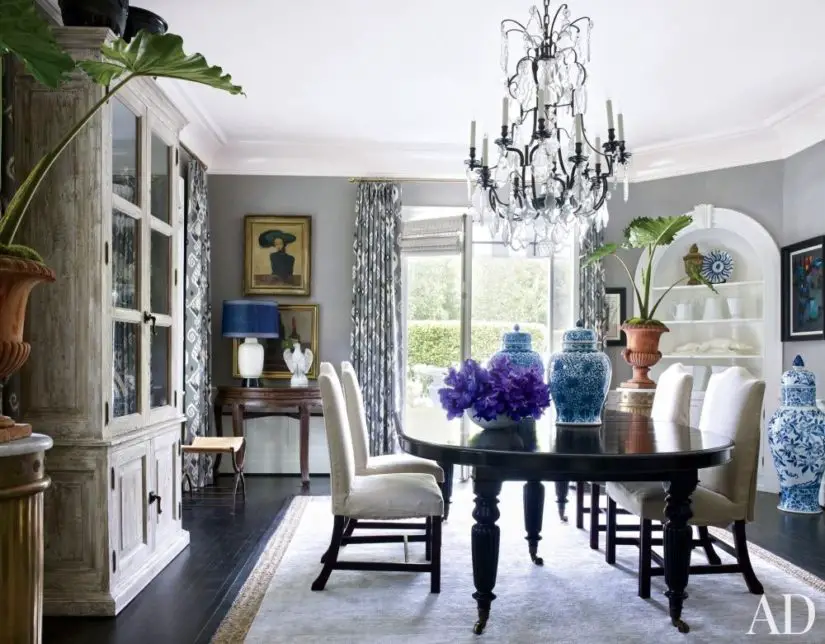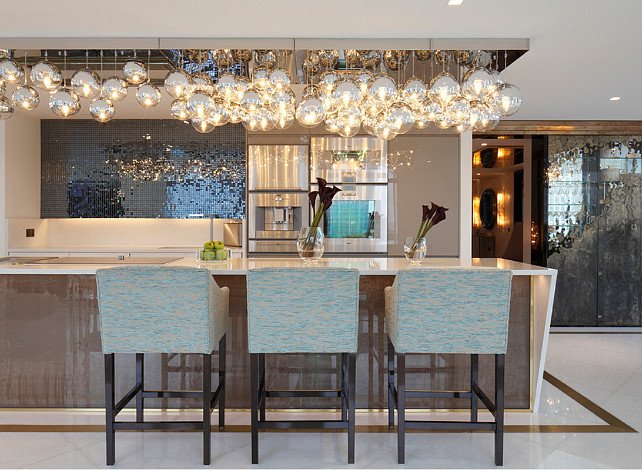Do you dream of becoming an interior designer? Do you have a sharp eye for interior styles and a knack for picking the best furniture? You can turn those raw skills into a career by becoming an interior designer.
Of course, you’ll need to take a few courses and obtain relevant certificates and licenses. But, it’s all worth it. The best interior designers make tons of money and enjoy flexible working hours. Interior designers are also never short of work opportunities.
If you’re prepared to walk this path, we’ve summarized a five-step process to help you become a professional interior designer within a few years.
Who is an Interior Designer?
Let’s begin by understanding the roles and responsibilities of an interior designer. An interior designer is a professional responsible for designing the layout of the internal space in a building or structure. Internal layouts have a massive impact on the wellbeing, safety, and functionality of the space.
You may also think of interior design as the art and science of enhancing interior spaces to improve the aesthetic aspects and performance of the space. An interior designer is a professional who plans, researches, and coordinates such enhancement projects.
What Does an Interior Designer Do?
A typical day in the interior designer’s life is fast-paced and varied. For instance, the average interior designer must seek clients, prepare briefs, create sketches, and create timelines for different projects. The interior designer is also responsible for assessing and evaluating client requirements throughout the project to ensure that everything works to plan.
Pattern shines in this light-filled space (Summer Thornton Design)Sourcing furnishings, fixtures, and fittings, and meeting with clients to discuss project progress and options are other roles the interior designer plays.
Other responsibilities of an interior designer include;
- Visualizing how spaces will be used
- Picking materials and furnishings
- Estimating project costs
- Overseeing project implementation
- Coordinating with contractors
- Coordinating with other professionals
- Ensuring client satisfaction
How to Become an Interior Designer in 5 Steps
Different interior designers take different routes to the top. However, the standard journey if you’re starting from scratch is as follows;
1. Earn an interior design degree
Although formal education isn’t an absolute requirement, it goes a long way, especially if you want to compete with the best. This is why nearly all interior designers have at least a single bachelor’s degree. Ideally, you want a degree in interior design. However, a degree in a related area, such as architecture, will do as long as it’s accompanied by coursework in interior design.
Fortunately, interior design programs can be found in many colleges and universities. Specialized art and design institutes also offer excellent interior design courses. One excellent option is the National Association of Schools of Art and Design (NASRD)-accredited institutes. There are over 300 such institutes in the country.
2. Pass the NCIDQ Exam
Not all states require licensure for interior designers. However, for those that do, you may not be allowed to take up professional projects without the license. This means you cannot bid for major projects and government jobs. Indeed, some states outright prohibit unlicensed persons from using the title “interior designer.”
Fortunately, the only license you need to be recognized as a professional interior designer is the National Council for Interior Design Qualification (NCIDQ) Exam. You need a minimum of a bachelor’s degree and two years of on-the-job training to become licensed.
3. Take up a few “pro-bono” projects
Although it’s a massive sector with tons of jobs at any given time, the interior design industry is one of the most competitive. Most clients prefer top professionals with plenty of experience. Even basic projects typically require some level of experience.
An easy way to gain some experience is to take up pro-bono work. Offer your services to friends and family or volunteer to help a local non-profit. Even small businesses are willing to let fresh designer graduates try their skills on their premises.
4. Build a portfolio
You’re almost there. Once you have basic experience, you can now begin to seek paid work actively. But clients will always ask to see your portfolio. So, you need to build one. More important, you need a digital and offline version of your portfolio. This makes it easy for anyone who wishes to see your previous work to access the details.
https://livinator.com/the-fresh-colorful-interiors-of-summer-thornton/
The easiest way to build the right portfolio for interior design projects is to take as many professional photos as possible and publish them. Include a selection of your designs and sketches, and don’t be afraid to present snapshots from your best projects. Clients love authenticity. They’ll give you work because they can see the “real” you.
Don’t Stop There
The most important thing once you become an interior designer, though, is consistency. You can’t rest on your laurels. Seek further education. Get a second degree. Take professional courses. You want to be the best in the game.
